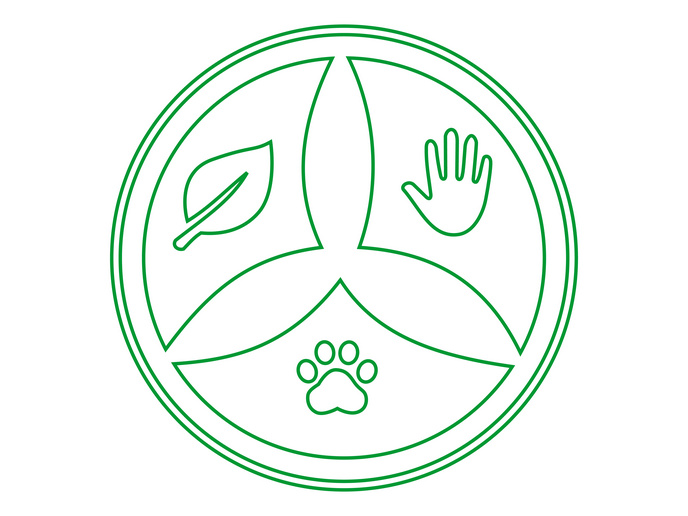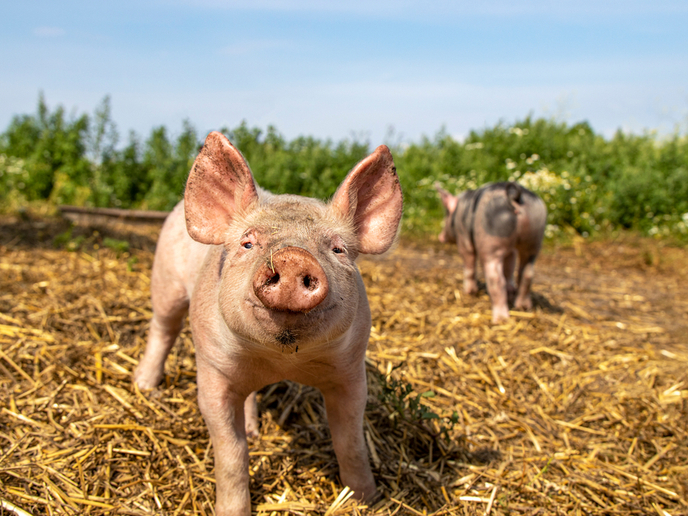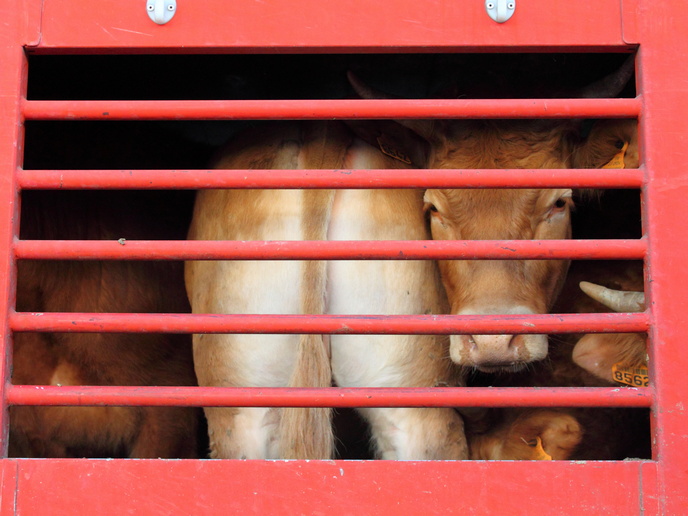How a thematic network is tackling livestock antibiotic resistance
According to the World Health Organization, antibiotic resistance is one of the biggest threats to global health, food security and development. It occurs when bacteria change in response to the use of these medicines. When resistance spreads through populations of bacteria, antibiotics become ineffective for treating disease, in both humans and animals. This heightens the need for more responsible and prudent use of antibiotics. With a focus on livestock farming, the EU-funded DISARM project aims to help the European livestock industry reduce its use of antibiotics by focusing on animal health and disease management. Key to achieving this is the creation of a thematic network. “The project supports links between farmers, veterinarians, researchers, and other stakeholders to share key insights and questions,” explains project coordinator, Helena Ferreira. The aim is to speed up the industry’s transition towards prevention, biosecurity, precise use of antibiotics, and use of alternatives to antibiotics.
A multi-actor community is born
Bringing together key stakeholders in this area, DISARM created a community of practice (CoP), hosted on Facebook. The CoP is a place to share experiences and exchange knowledge on issues around prudent use of antibiotics and to identify and test innovative practices. “The idea behind the CoP is that, because of the inclusion of complementary skills and various points of view and contexts, there will be a rapid and efficient circulation of information and a wide spread of adapted good practices amongst different livestock sectors in Europe. We expect to have 600 members by the end of the project,” notes Ferreira. Supporting stakeholders, DISARM has also created a collection of resources in the form of a series of summary sheets, practice abstracts, guides and videos, available on the project’s website. “Furthermore, working with more than 30 case study farms across 9 countries, a Farm Health Team Toolbox has been developed to provide a step-by-step guide to setting up collaborative meetings with farm staff and advisors, in order to work together, to develop an action plan to improve animal health and prevent disease, thereby reducing the need for antimicrobial treatments,” says Ferreira. This is in addition to establishing a state-of-the art database hosting innovative solutions to antimicrobial resistance management and producing two research prioritisation reports. “Based on these reports, a policy brief is being prepared,” confirms Ferreira.
Creating a life-long impact
“The legacy of this project was one of our major focus areas in last year’s activities,” highlights Ferreira. She explains that the policy brief aims to make recommendations with impact at broader European level, particularly on how to implement solutions in practice. DISARM’s results will be linked to the EU FarmBook, a collection of vetted best practices for farmers and foresters. The project is also linked to other EU work on antimicrobial use and resistance, as part of the ArMoR cluster of projects. “The lessons learnt within DISARM will serve as inspiration for the projects in the ArMoR cluster,” concludes Ferreira.
Keywords
DISARM, antibiotics, antibiotics resistance, community of practice, animal health, livestock industry, livestock farming, CoP, collaboration, thematic network







